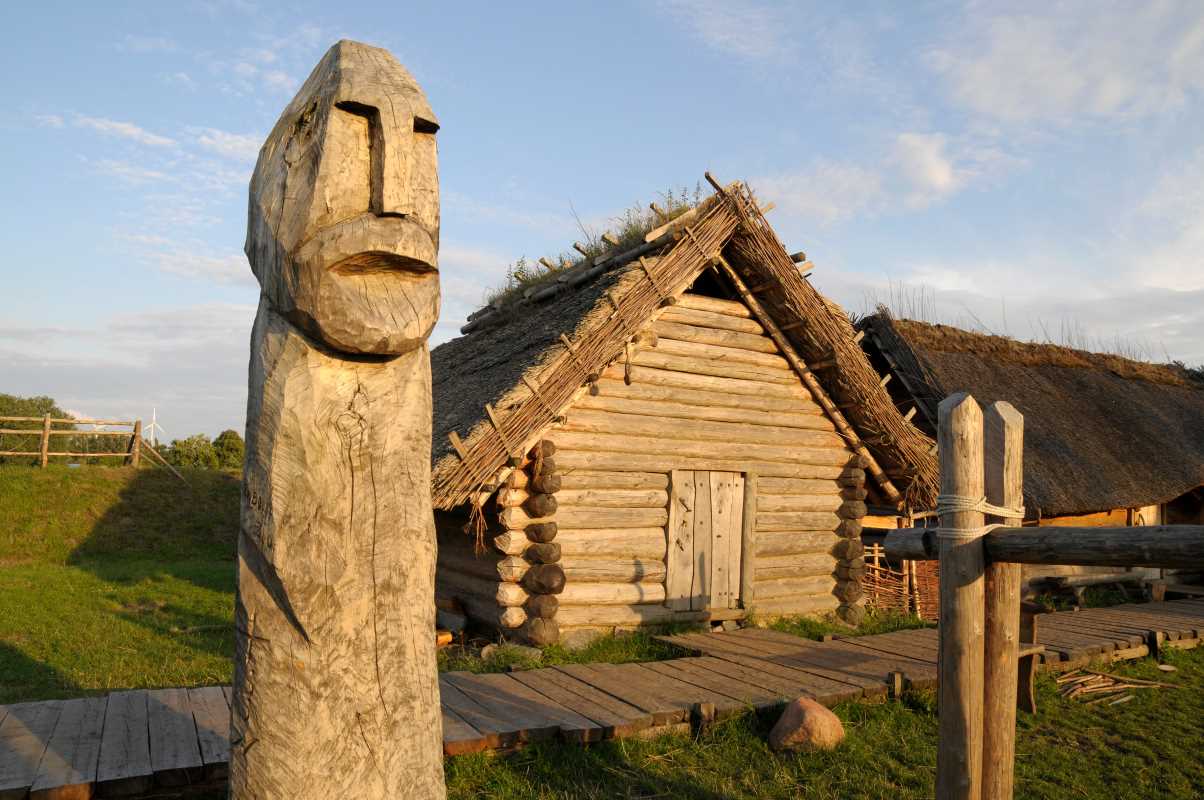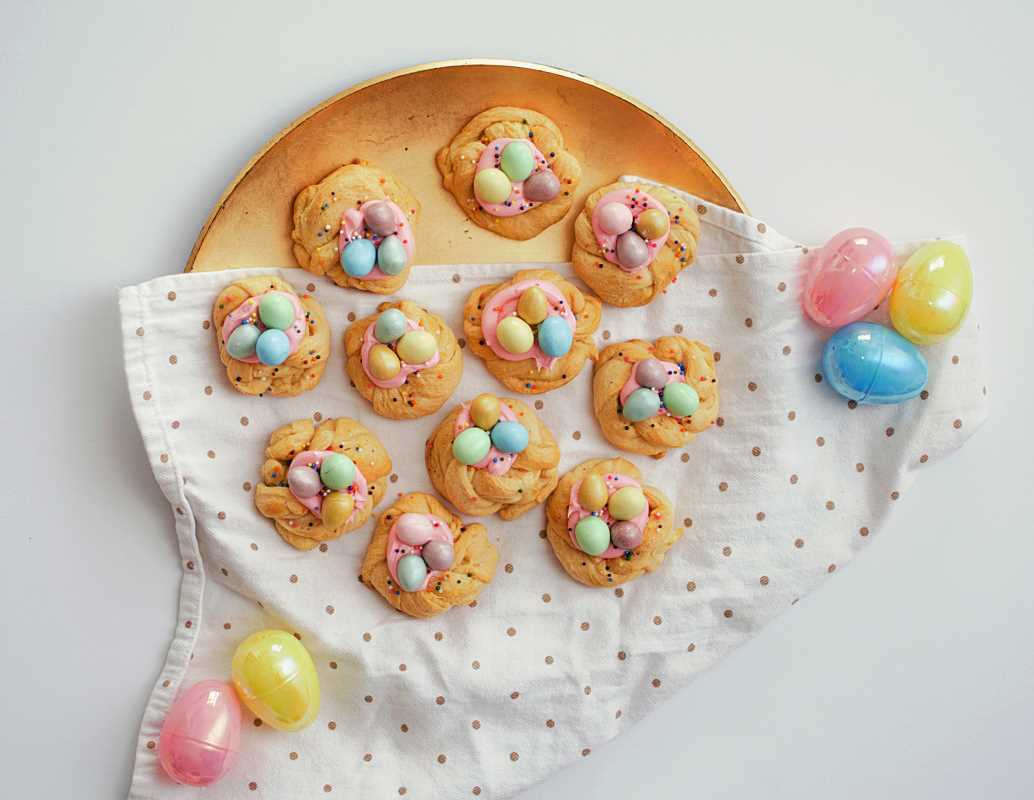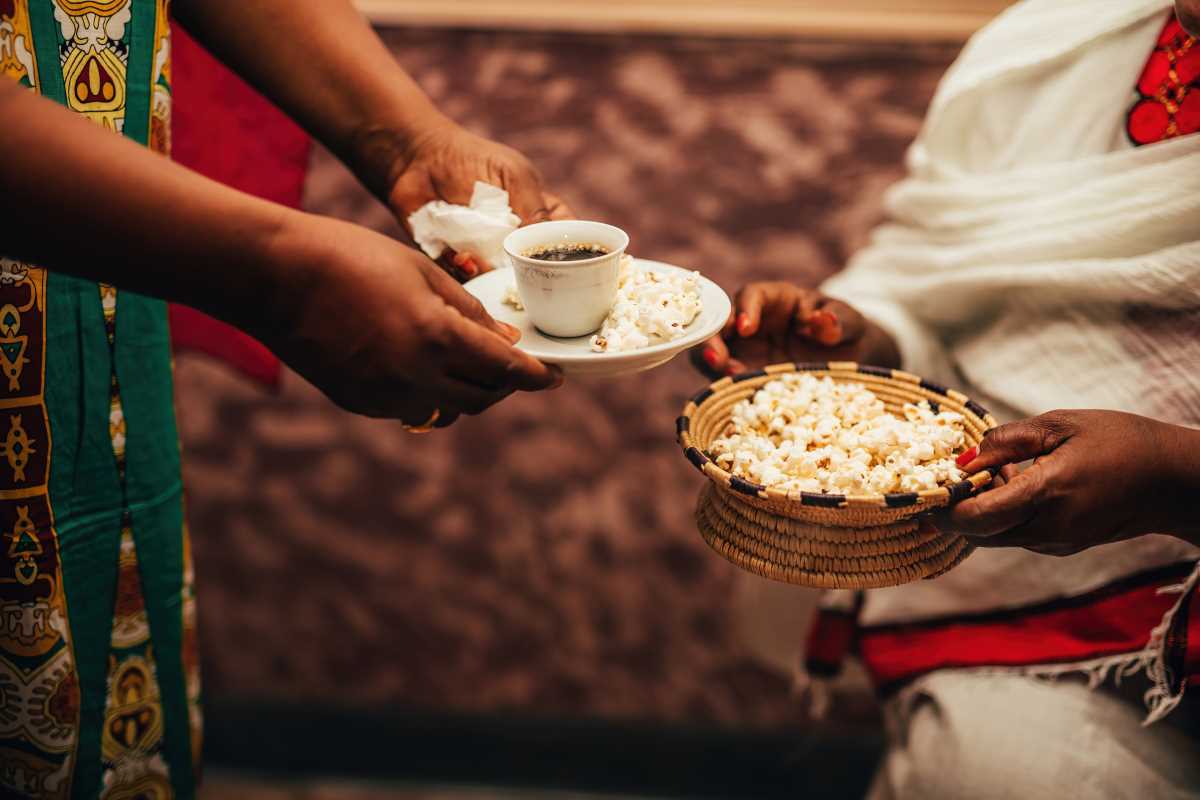Most people think of grand moments like ancient Egypt, the World Wars, or the Renaissance when the word “history” is mentioned, but what about the smaller, overlooked chapters of our past? That’s where niche museums come in. These hidden gems focus on specific historical eras or quirky aspects of history that don’t always get the spotlight in textbooks or major museums. Visiting these museums is like taking a deep dive into stories you may have never heard of, but once you do, you’ll find them fascinating. From the industries that shaped communities to cultural movements that faded away, niche museums breathe life into history’s forgotten pages. If you’re a history lover ready for a new perspective, these unique museums are worth a visit.
The Tenement Museum
- Where: New York City, USA
- Era Highlighted: Life in American tenement housing during the late 19th and early 20th centuries.
Nestled on the Lower East Side of Manhattan, the Tenement Museum offers visitors a glimpse into the gritty yet inspiring lives of immigrants who came to America between the 1860s and 1930s. The museum is set inside restored tenement apartments that immigrants once called home. Each room tells the story of a different family, from German Jewish newcomers in the 1870s to Italian immigrants in the 1920s.
One special exhibit covers how these families adapted to their new lives while facing challenges like poverty, overcrowding, and xenophobia. Guided tours, storytelling, and artifacts like sewing machines or traditional cookware immerse you in the era. This museum reminds visitors of the grit and determination it took to chase the American Dream.
The Museum of Everyday Life
- Where: Glover, Vermont, USA
- Era Highlighted: The significance of ordinary objects across time.
You might not think twice about the history of mundane items like toothbrushes or matches, but this quirky museum in rural Vermont proves that the simplest objects can tell fascinating stories. The Museum of Everyday Life focuses on the history, evolution, and cultural significance of the ordinary items that people have used throughout different eras.
Exhibits often include handwritten notes that explain the origins and transformations of these items over decades or even centuries. One display that stands out is about safety pins, which highlights how this tiny invention became a game-changer for clothing. It’s a thought-provoking reminder that history isn’t just about wars or leaders, it’s also about the tools and objects that shape our daily lives.
The Workers’ Museum
- Where: Copenhagen, Denmark
- Era Highlighted: The lives of the working class during the Industrial Revolution and beyond.
The Workers’ Museum in Copenhagen shines a spotlight on working-class life from the 1800s onward, showcasing how industrialization shaped urban communities and labor movements. Visitors can step into recreated workspaces like an old printing press room or a laborer’s kitchen from the 1930s.
The museum also features stories about union movements, highlighting how laborers fought for fair conditions and wages. For history buffs interested in social change and economic history, this museum offers a grounding experience in how the labor struggles of past eras continue to shape lives today.
The Neon Museum
- Where: Las Vegas, USA
- Era Highlighted: Advertising and cultural trends from the 1930s through the 1980s.
If you’ve visited Las Vegas, you’ve likely noticed its iconic neon signs lighting up the Strip. But have you ever wondered about their origins? The Neon Museum is dedicated to preserving the glorious signs that once defined America’s most famous entertainment hub. Its “Neon Boneyard” is an outdoor gallery where you can see the massive, colorful signs up close, some dating back to the 1930s.
The museum brings these glowing pieces of art back to life with creative displays and evening light shows. Along the way, you’ll learn how neon became essential for advertising during the mid-20th century and how these signs reflect the wild, glittering spirit of their time.
The Museum of Broken Relationships
- Where: Zagreb, Croatia
- Era Highlighted: Modern history through mementos from past relationships.
History doesn’t always come from battles or inventions. It can also come from personal moments of love and loss. The Museum of Broken Relationships showcases items donated by everyday people around the world, each with a story about a past relationship that ended. Items range from love letters to wedding dresses and seemingly random artifacts like a toaster.
What makes this museum so unique is its emphasis on the human experience across cultures. Every exhibit tells not just a personal story but also a broader tale about how relationships and their endings shape us. If you’re interested in an introspective, emotional take on modern history, this museum offers something truly unexpected.
Jorvik Viking Centre
- Where: York, England
- Era Highlighted: Viking life in the 9th and 10th centuries.
For an immersive trip back in time to the Viking Age, the Jorvik Viking Centre in York is highly recommended. Built on the site of actual Viking ruins, this museum takes you through the everyday lives of Norse settlers who lived in Britain over 1,000 years ago.
Visitors can walk through a recreated Viking street, complete with lifelike smells, and yes, it can get too realistic). Artifacts like tools, jewelry, and even skeleton remains tell the story of how these settlers lived, worshipped, and traded. It’s an experience that transports you to another era.
The Fashion and Textile Museum
- Where: London, England
- Era Highlighted: The evolution of fashion and textiles from the 20th century onward.
For fashion enthusiasts and history buffs alike, this vibrant museum explores how fashion has reflected and shaped cultural movements across decades. From 1920s flapper dresses to 1970s punk style, each exhibit ties clothing to the political, social, and artistic revolutions of its time.
The museum also highlights revolutionary designers like Zandra Rhodes, who founded the space, and the impact of textile innovations like synthetic fabrics. Whether you’re interested in haute couture or historical wardrobes of the everyman, this museum demonstrates how what we wear tells stories about who we are.
 (Image via
(Image via





